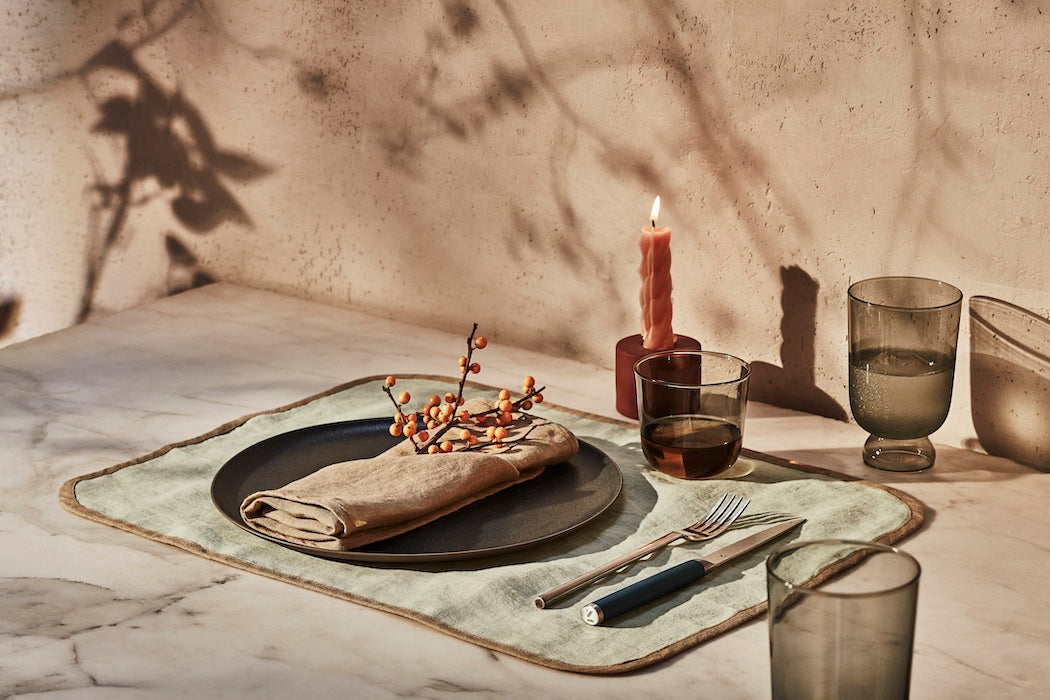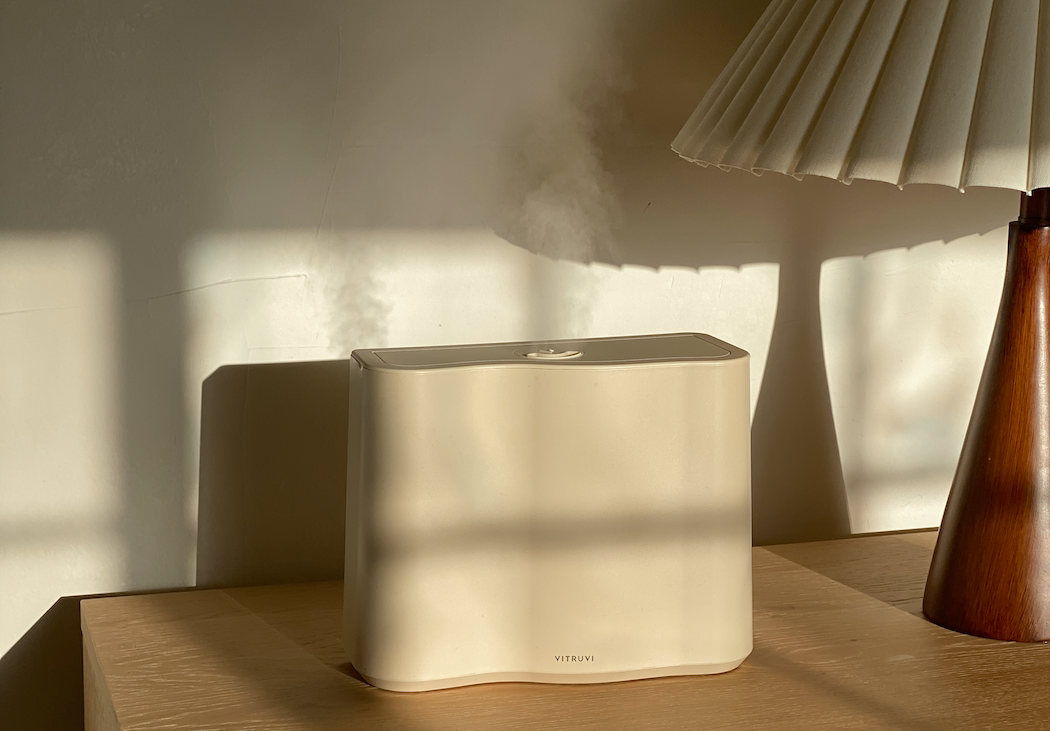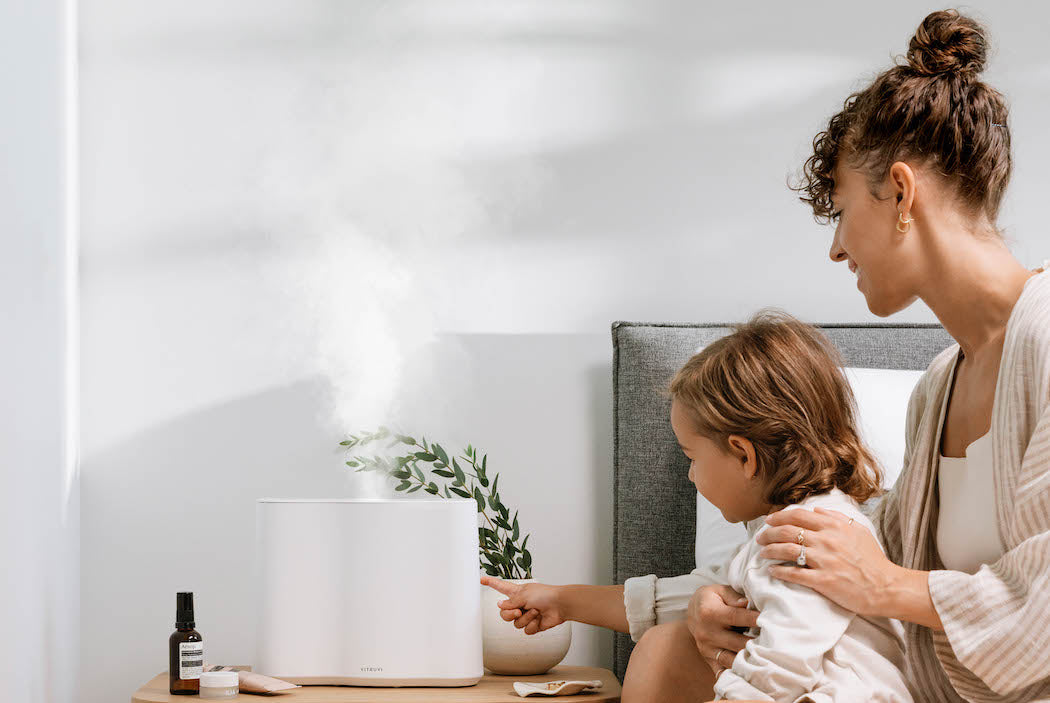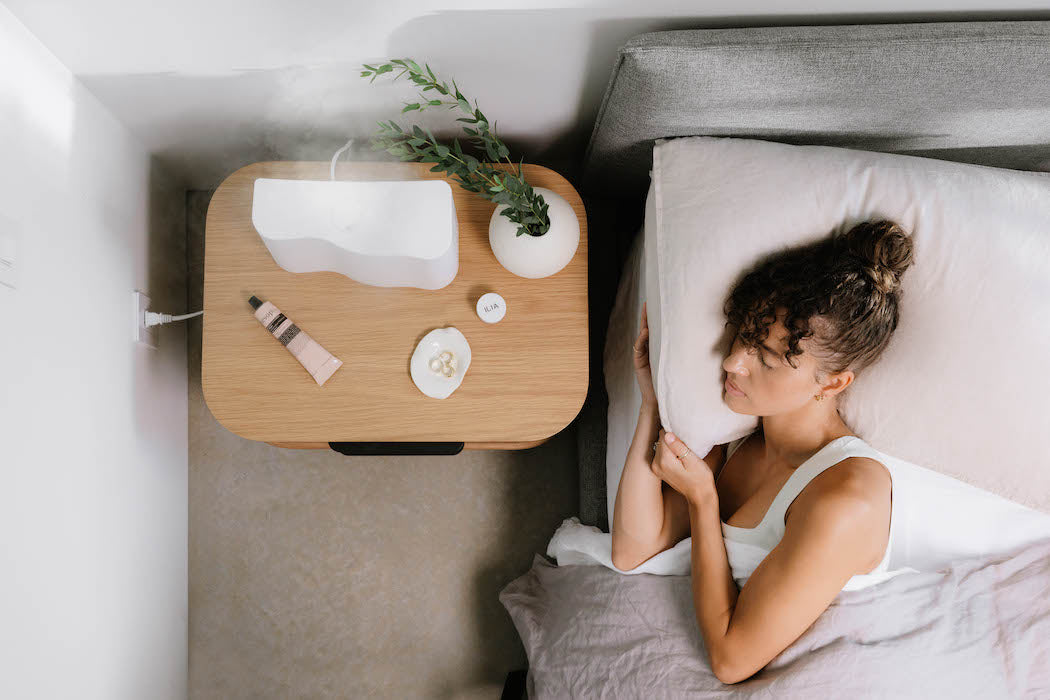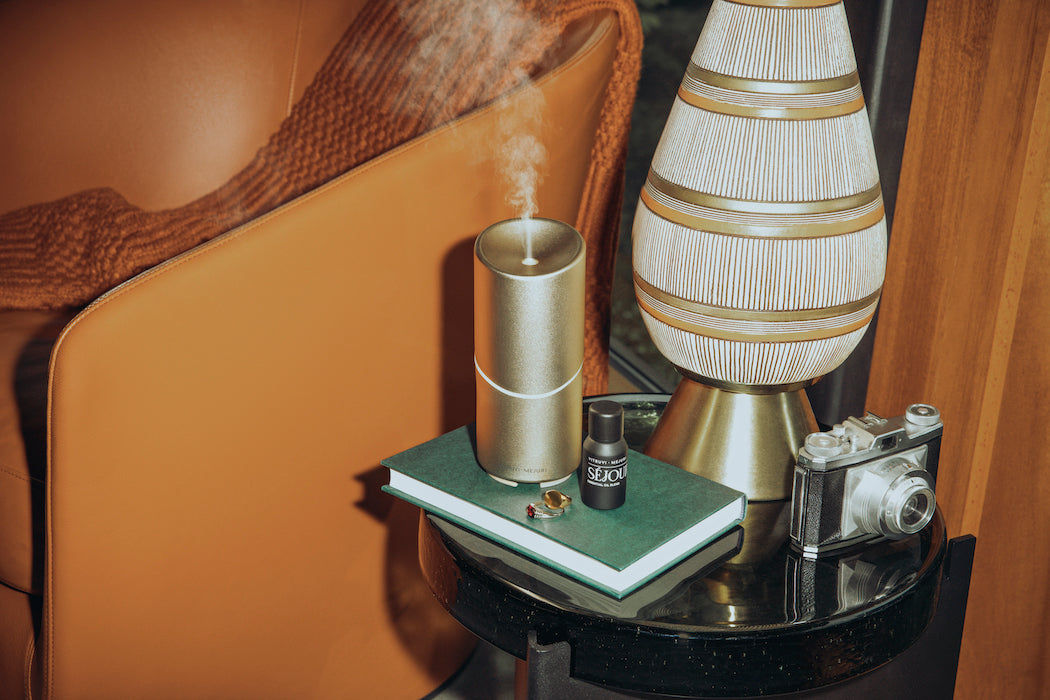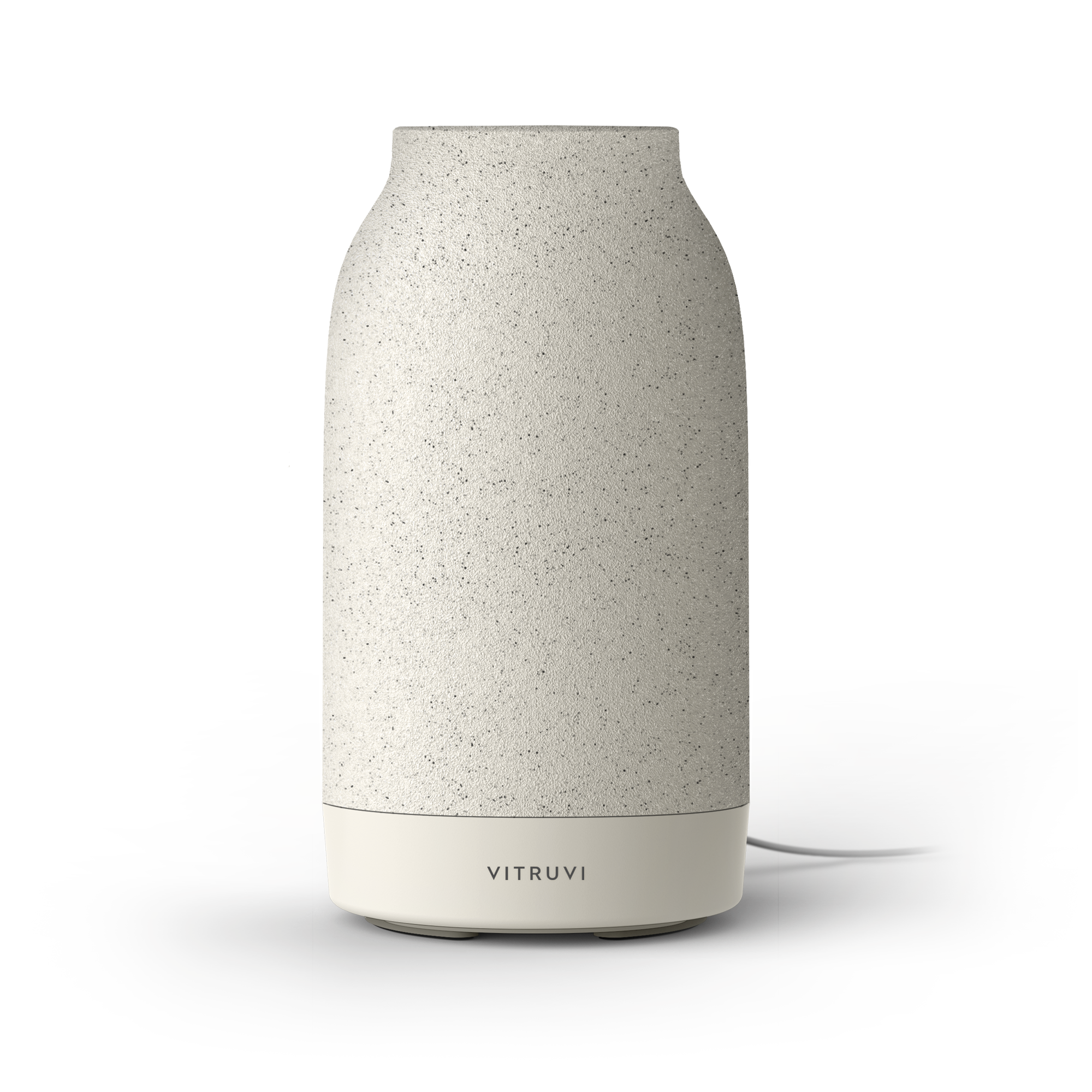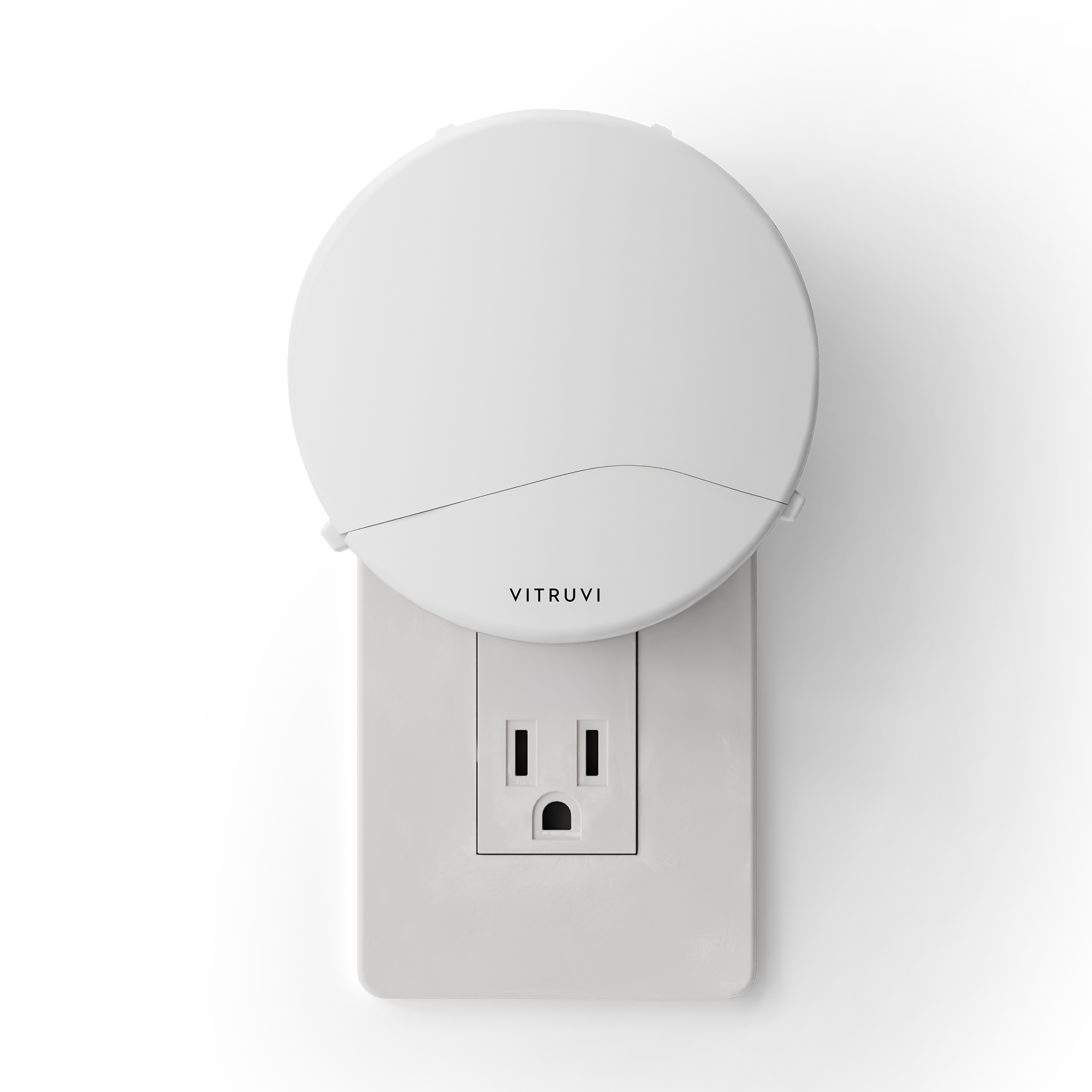Whitney Leigh Morris lives with her husband, her four-year-old son, and their two dogs, and has another baby on the way. Sounds pretty average, right? Until you factor in that she’s doing it all in less than 400 square-feet.
When Morris and her husband moved into this home—which she calls The Tiny Canal Cottage—10 years ago, they weren’t thinking about its size. They just knew that the old, charming space, with its ample windows, private outdoor area, and location in Venice Beach’s coveted canals neighbourhood was just what they wanted. What’s unique is that even once they had their son, it continued to be just what they wanted.

“After falling in love with it, we remained in love with it,” Morris says, chatting via video from her work-from-bed setup. “So when I got pregnant with West five years ago, basically, the idea of leaving was never on our minds. We heard from a lot of people that we would have to leave, and I’m delighted to say that while they had the best intentions, they were wrong.”
Morris, a photographer, author, and blogger, does acknowledge that eventually her kids will want more privacy, and she is conscious of respecting that when the time comes. But for now, her family doesn’t need any more space than what they currently have. Which begs a valid question: how much do any of us really need to be happy? “I think it’s important to remember—especially in America, where multi-generational housing isn’t as often talked about, or living in small spaces is usually seen as kind of a stepping stone or a temporary thing—that people make all sorts of living situations work all over the world, whether it’s by choice or out of necessity,” Morris reflects. “And I think that that’s really important to keep in mind as we evaluate what we really need and don’t need. And so far, we haven’t needed anything bigger. We’re so happy to be here and feel very lucky to be here.”
Still, living on such a small footprint does come with its own interesting challenges. Everything needs to fit somewhere, and ideally look nice, too; after all, a home should always be comfortable and calming, no matter its size.

“It does help, in a small space, to have some sort of a unified palette and some semblance of concealed organization and concealed storage,” Morris offers. “Accessories like baskets, containers, dressers, and things behind curtains—whatever methods of concealment that you choose, they can really make such a big difference in how a space feels: how it functions and how you navigate it.”
Organization is key, and Morris has discovered her own little hacks over the years. On her bedroom’s built-in bookcase, for example, she has inverted all the dust jackets on her books, hand-writing each title on its blank white spine. It’s a seemingly small thing, but for her, having a more simplified, unified cohort of white—instead of a cacophony of colours—eases her mind and makes the space feel less cramped.
“In the context of our bedroom and the books lining our bed, it makes me feel calmer—it’s more soothing when I walk into the space,” she says. “It’s this subdued, consistent palette, and I still have access to all the things that make those books precious: all those words and all those artworks are still there. So for me, decisions like that, although they’re not for everyone and I respect that, have helped us feel like things aren’t bursting out of the seams.”
She also cautions those in small dwellings against trying to cram in multiple small pieces of furniture, explaining that one larger item often does the trick and actually makes the space feel bigger (another trick: have a folding desk or chairs for additional seating or a pop-up workspace as needed). She also suggests “going vertical,” meaning adding shelves or hooks high up in closets or even above door frames to maximize storage.
Atmosphere is of great value, as well, and Morris achieves this through lighting and aroma. “A calming scent and low, warm lighting: I feel like once those two things are set, that really creates the ambience for the rest of the space,” she says, “and it also helps dictate the mood that I’m in.” Aroma in particular means a lot to her, especially living by the beach; it’s why her windows are often open, why her home is filled with lush greenery, and why she is loving vitruvi’s refreshing Pacific Blend (which smells like the ocean) and Cedarwood (which smells like a campfire). Small spaces are often short on electrical outlets, which makes vitruvi’s cordless Move Diffuser a natural fit, too.

Finding purposeful items that double as decor (sound familiar?) is one of her other main small-space strategies. “We don’t have a lot of purely decorative items in our house,” says Morris. “Instead, we refer to it as functional decor. So we decorate with the things that we use every single day, like my camera, which is on the wall when I’m not using it; it’s got this beautiful handmade leather strap on it. Because anything that we bring into the house, we have to try to figure out: ‘Okay, where are we going to keep this?’”
Which in and of itself is a beautiful philosophy to adopt, as it prompts more conscious consumption. When your home is small, every inch of space has value—so you need to learn to use it wisely.
“That’s one of my favorite lessons about small space living, because that’s a lesson that can be applied to a home of any size,” Morris says. “‘Was it ethically made? What are the materials? Are the materials going to sit on this planet until the end of time? Do I already have something that can serve the same purpose? How often am I going to use it? Can I borrow it from someone else? Or rent it? Do I need it?’ Those are questions that we learned because of the spatial limitations of this house. But they are lessons that I hope to carry with us forever.”



